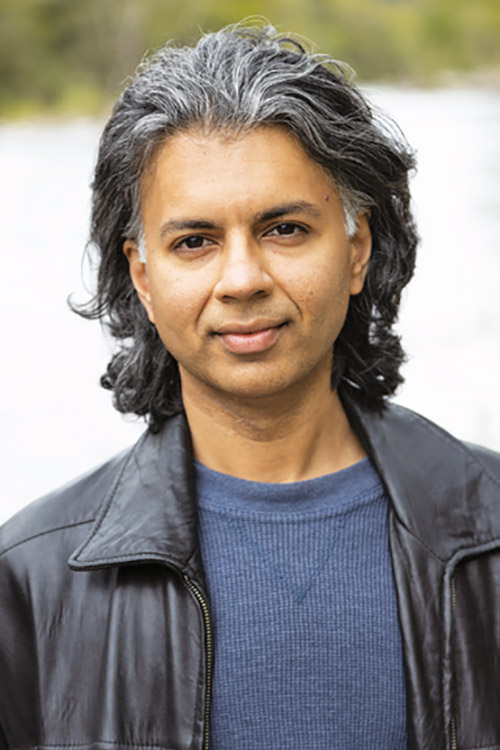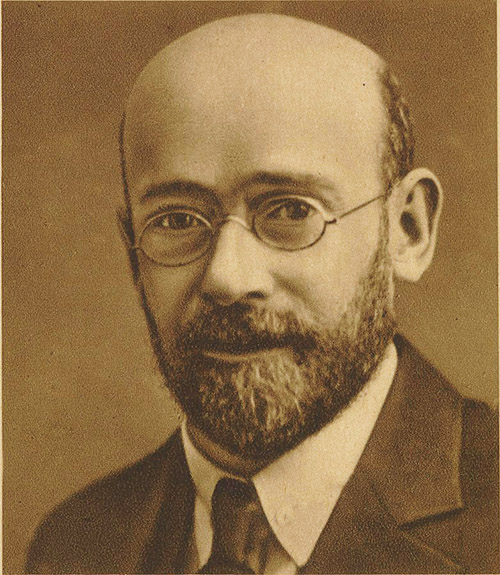
Join author Q&A on Sunday, May 21 at 7 p.m.
I went to the library a few months ago, as I do frequently, to pick up some books to read. In addition to my favorite genre–historical murder mysteries–I also like to read novels by Asian and African writers. I love to read Indian writers in particular, both those living in India and those living in the US. India is such a huge country that I always learn something new when I read about it! So this time around, when I saw this book by Jai Chakrabarti–A Play for the End of the World–I picked it up right away and went to the checkout counter. Actually, a good friend of mine, a literary connoisseur named Sandee Brawarsky, had recommended the book to me, so I knew I couldn’t go wrong. I was looking forward to reading it, and I have to say that it exceeded my expectations by quite a bit!
I opened the book and met our hero of sorts, Jaryk Smith, landing in Calcutta. Why is he in Calcutta? Well, he’s there to pick up his friend Misha’s ashes. From there, it was a thrilling ride for me: In space–from Tagore’s Calcutta to the Lower East Side in New York City to Janusz Korczak’s orphanage in Warsaw, Poland, and back; and in time–from 1940s Eastern Europe to 1970s India.
As I was reading the book, I felt it had been written specifically for me. It brought so many elements of my life together: Growing up in India as a teenager in the 1970s, reading Rabindranath Tagore’s short stories and poetry, volunteering in a camp for Bangladeshi refugees fleeing enemy atrocities and, later on in life, learning about Eastern Europe. While I felt personally connected with this book and its story, after reading the book–twice through–I realized that it speaks to different kinds of readers with different backgrounds. Even though as a Jew and a Yiddish speaker, I have read a lot about Eastern Europe, this book revealed aspects of the Holocaust to me in a very different way–from the viewpoint of a young boy, a Jewish educator trying to save the children in his care, and from inside a cattle car.

But not just Eastern Europe; the novel also brings rural Bengal to life with simple but revealing people portraits–it feels like the unfolding of a canvas painted in broad strokes with parts of it described in such detail that you feel you understand the entire panorama, even the parts that are only sketched. The same narrative technique is also used to tell the story of Jaryk’s discovery of love in New York City. Without the need for excessive detail, Chakrabarti helps you see and feel New York, as you move with Jaryk around the city. This book is an amazing accomplishment in how it convincingly brings together class conflict, immigrant experiences, love stories and genocidal atrocities. At the same time, it tells a story about ordinary human beings and their efforts to reach out to each other.
On Sunday, May 21, Nancy Edelman and I will be speaking with Jai about this book and how he came to write it, but also about his new book of short stories, his poetry and his future plans. Nancy has been teaching English at Jewish day schools for more than 30 years and is an expert on literature and Jewish education. And the best thing is that you can join in the conversation with us.

“A Play for the End of the World” is available through the Bergen County Cooperative Library System and for purchase through Amazon. Pick up a copy, read the book (find out what Janusz Korczak and Rabindranath Tagore have to do with the novel) and come join us on May 21 at 7 p.m. at Congregation Beth Aaron, 950 Queen Anne Road, in the social hall.










